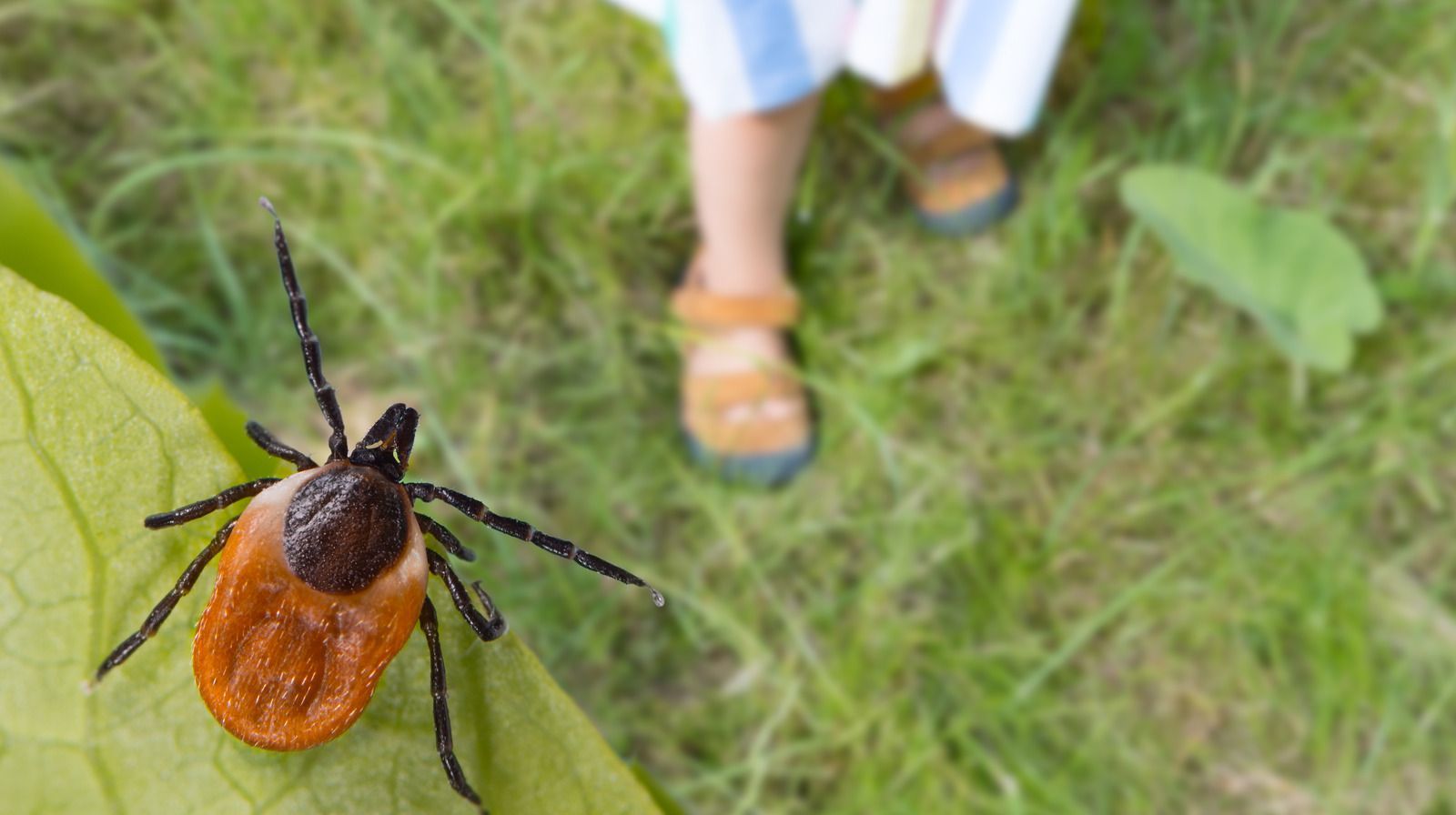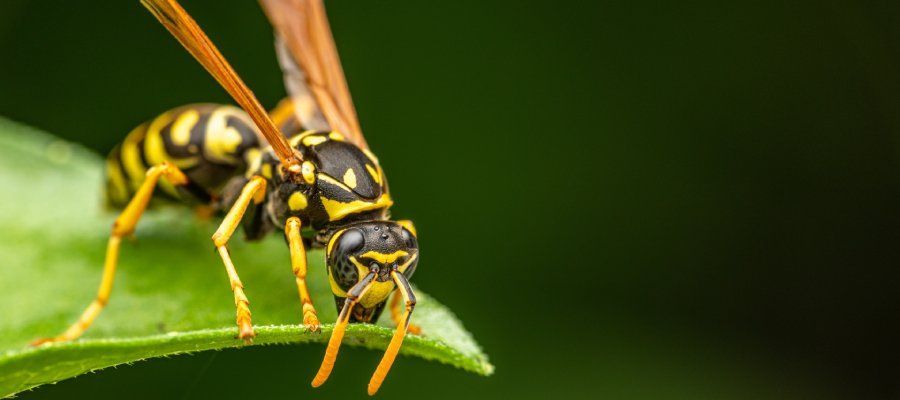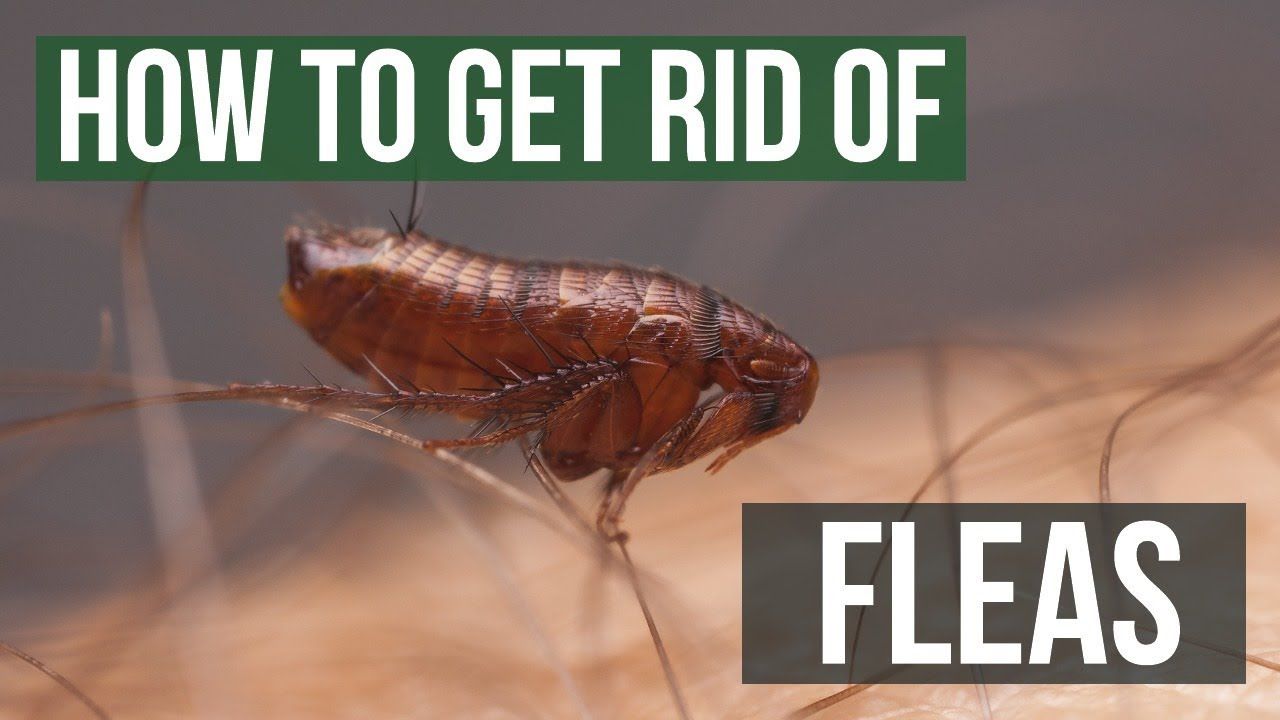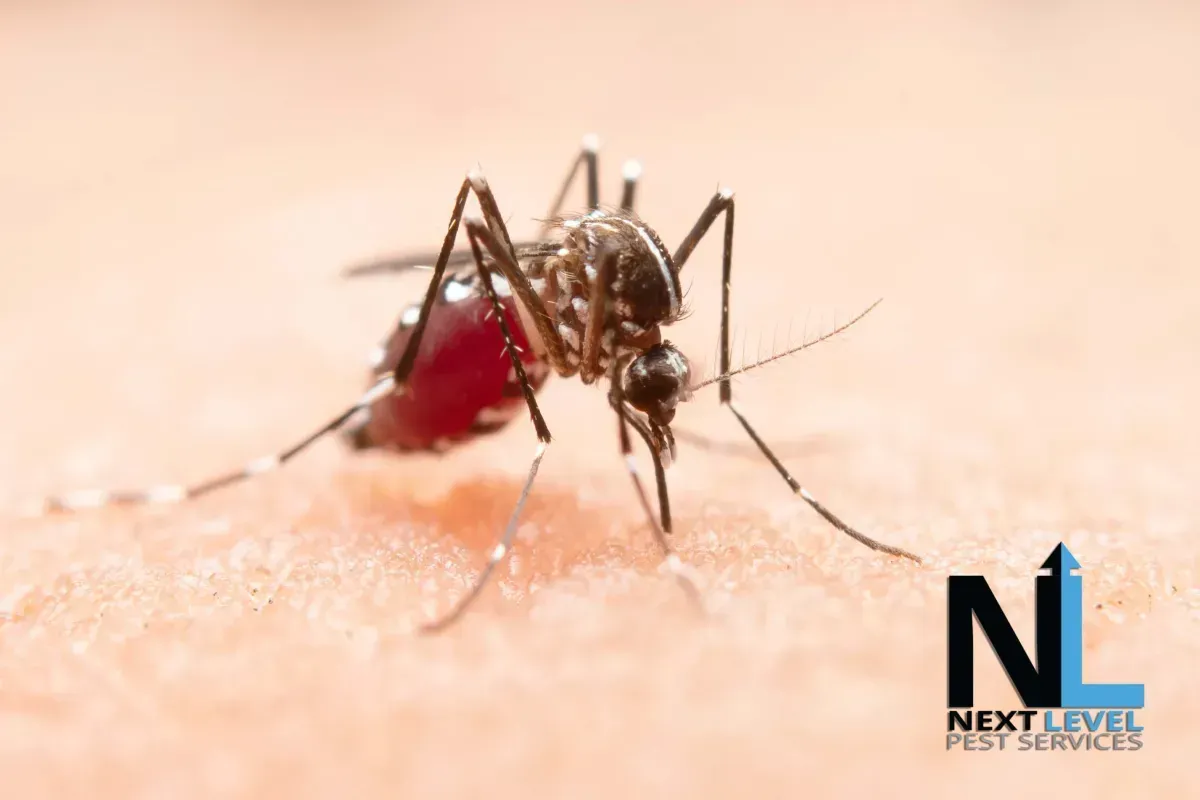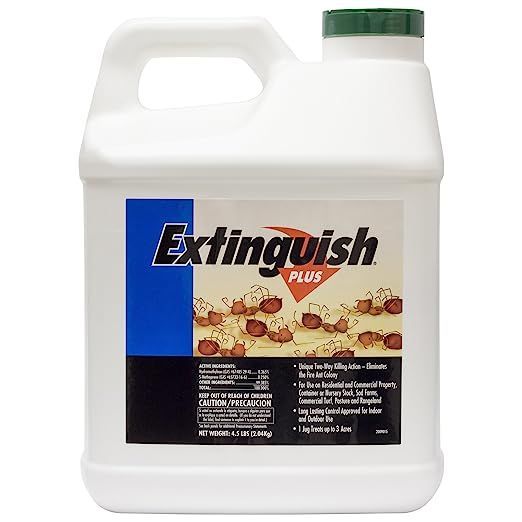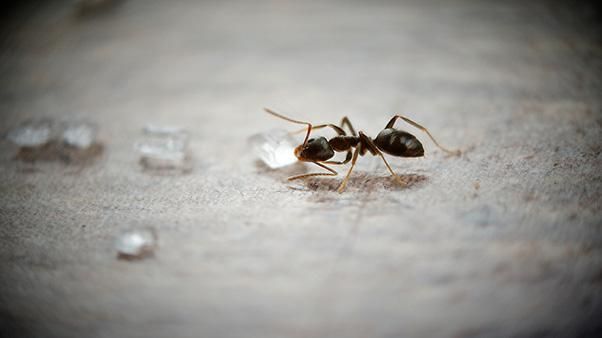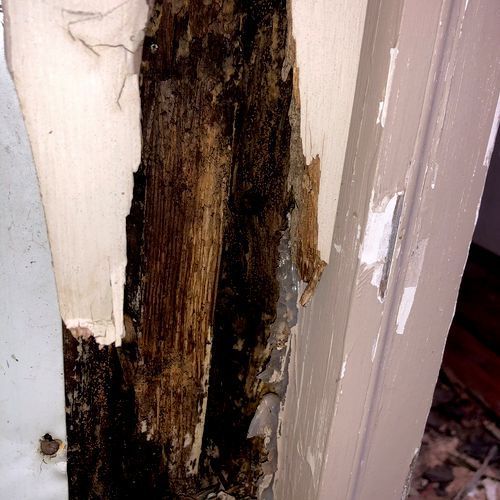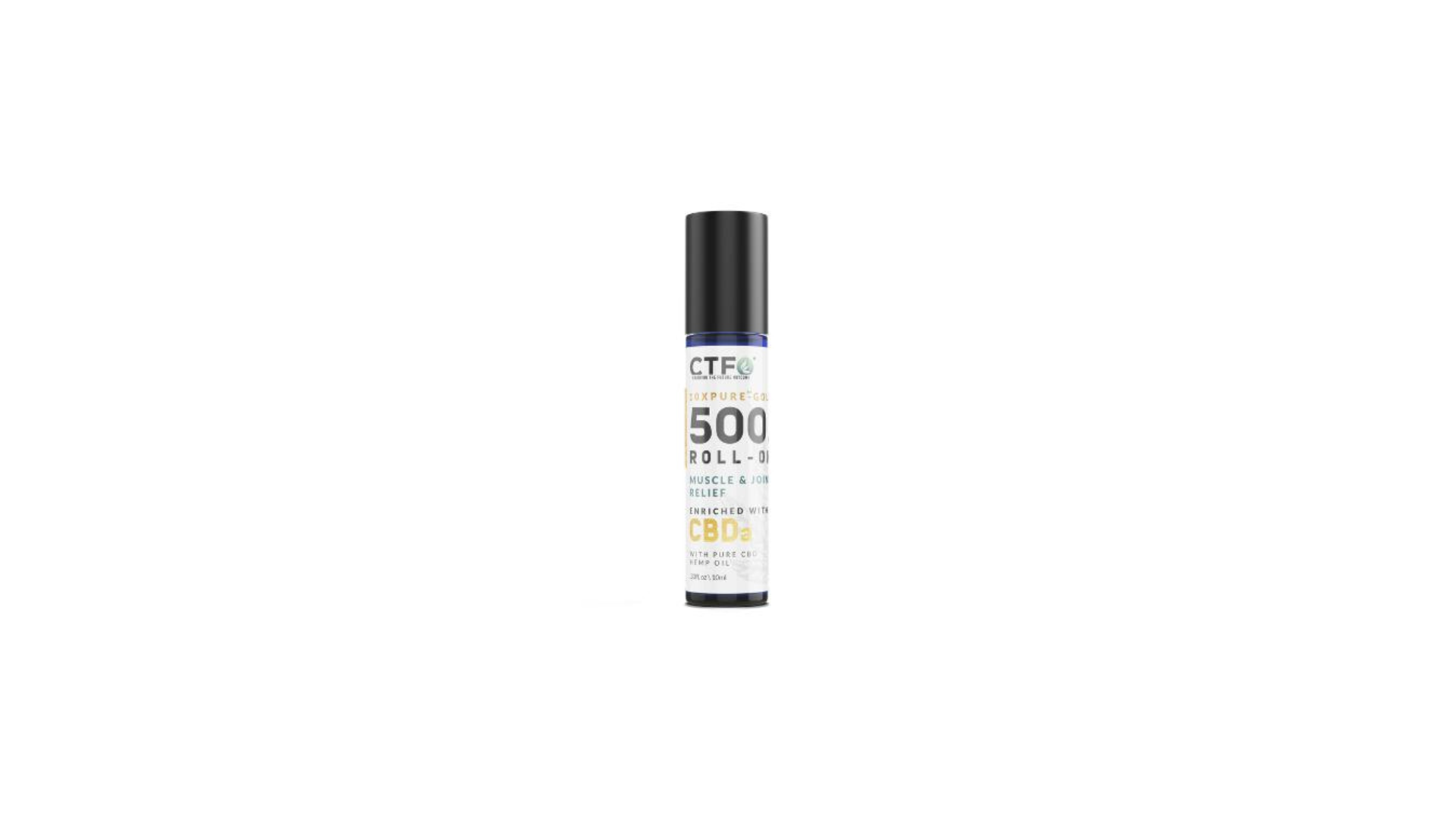How To Treat For Fire Ants
How to treat for fire ants
There I was just standing there and then suddenly my foot is on fire. Sadly, I did not spontaneously combust, I was just being stung by fire ants. Almost everyone in Texas can relate to this story. And because a fire ant mound is mostly underground, you never see them coming. A single mound can contain anywhere between 100,000 and 500,000 ants. They are literally everywhere, so watch your back…and step.
CLICK HERE FOR AVAILABLE PRODUCTS
Fire ants are classified as budding insects. Basically, this means that a colony may contain more than one queen. A single queen can lay up to 1,500 eggs a day. Now once the population of a colony reaches a certain point, queens can branch out into satellite colonies. Say you look out into your backyard one day and you see a mound. And then two days later you look again and see three mounds. Those two other mounds are satellite colonies. Because of this rapid expansion, treatment of your yard is paramount. There are two ways to effectively treat a fire ant mound: mound drenching and broadcasting granules.
The most direct way to treat is mound drenching. Just spray the mound with a pesticide labeled for fire ants to the point of runoff. My suggestion though is to broadcast granules. If you live in a subdivision, the hardest part about treating for pests are your neighbors, and this is especially true regarding fire ants. You may be treating but if your neighbor is not, you may still see fire ants in the form of satellite colonies. This is where the granules come into play. Broadcasting will help treat these satellite colonies before they expand into your backyard. Protein based granules are preferred based on fire ant dietary needs. Extinguish is a product I recommend. The overall goal of treatment is prevention. Especially, if you are allergic, as a fire ant sting can cause anaphylaxis. If your issue persists, contact a pest control professional.
Should you have any questions regarding service or treatment, feel free to reach out on the Next Level Pest Services contact page. Have a happy summer!
